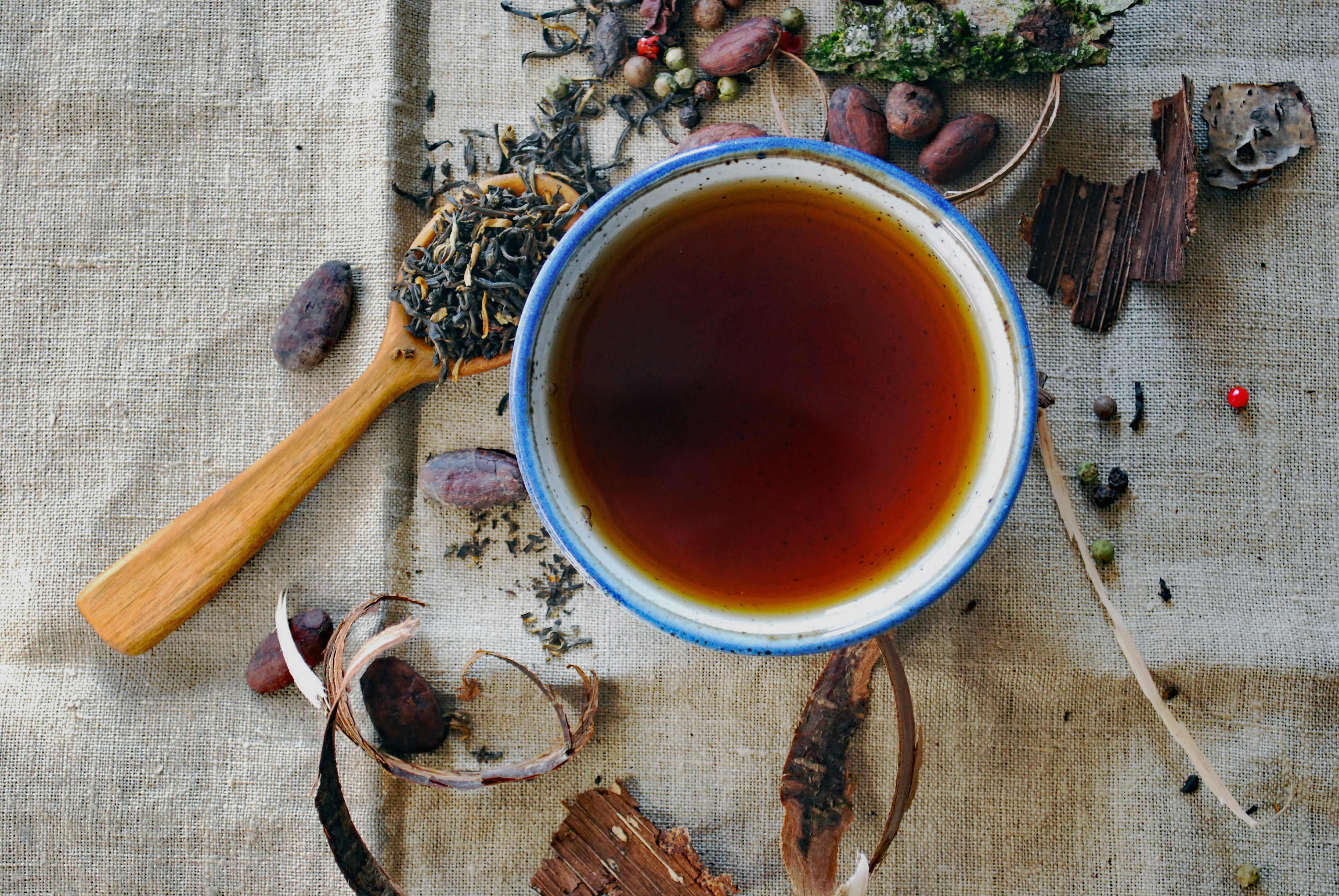Sooji vs Whole Wheat for Weight Loss: Some ingredients are a staple in Indian kitchens and two of them, sooji (semolina) and whole wheat flour, show up everywhere. From lip smacking halwas to upmas to rotis and parathas, these two ingredients are in all the popular dishes, all of which can easily be ordered from your favourite food delivery app. But when you are watching your weight, choosing between these two can be confusing. Both are rich in carbohydrates and offer energy, yet their nutritional profiles, especially in terms of fibre, protein, and glycaemic index, make a big difference in how they impact your metabolism and satiety. So, is that comforting plate of upma really better than a whole wheat roti? Let us break it down for you.
Also Read: Intermittent Fasting vs Regular Healthy Diet: What Works Better For Weight Loss?
Nutritional Comparison: Sooji vs Whole Wheat

Both sooji and whole wheat are made from wheat, but the difference lies in how they are processed, which results in very different nutrition. Here is how they compare per 100 grams.
Nutrient | Sooji (Semolina) | Whole Wheat Flour | Source |
| Calories | 360 kcal | 340 kcal | USDA |
| Protein | 12.7 g | 13.2 g | USDA |
| Fibre | 3.9 g | 10.7 g | USDA |
| Carbohydrates | 72.8 g | 72 g | USDA |
| Fat | 1.05 g | 2.5 g | USDA |
With such a major gap in fibre, their effects on fullness and digestion are not the same.
Sooji For Weight Loss

As per a chapter published in International Journal of Biological Macromolecules, sooji or semolina is made from the coarser part of refined wheat and is lighter on the stomach. It is quick to digest and provides instant energy, making it a good pre workout or breakfast option. However, sooji is not a great source of fibre and causes quick blood sugar spike, which can lead to hunger pangs soon after eating.
Best Ways To Include Sooji For Weight Loss:
- Pair sooji dishes with protein like curd or sprouts.
- Add vegetables to increase fibre content.
- Avoid frying. Steamed or lightly sautéed upma is ideal and can easily be ordered from your favourite food delivery app.
- To make sooji work for your routine, you need to be mindful of what goes with it.
Whole Wheat For Weight Loss

As per a 2020 research paper, whole wheat, being unrefined, retains the bran and germ which makes it richer in fibre, B vitamins, and minerals. This helps keep you full for longer, prevents overeating, and supports gut health, all of which is important for sustainable weight loss. As per a 2015 research paper, it slows down digestion rate and also help manage insulin levels.
Best Ways To Include Whole Wheat:
There are several ways to include whole wheat in your diet. In fact, you can find wheat in several recipes like wheat momos, rolls, pizza, etc. from your favourite food delivery app. But if you are looking for ways to include whole wheat in your diet, here are some easy and effective tips to keep in mind.
- Stick to portion control. One or two rotis per meal are enough.
- Combine with high protein sides like lentils, paneer, or tofu.
- Choose whole wheat over refined flours for bread, pasta, and wraps.
- Whole wheat, overall, offers better satiety and nutrient density than sooji.
Sooji vs Whole Wheat: Which Works Better For Weight Loss?

If your goal is to lose weight consistently, whole wheat is the better option for you and your body. Its high fibre content and better protein profile helps in long term fat loss and blood sugar regulation. Although, sooji is light on the stomach and easier to digest, you should reserve it for occasional meals or quick energy fixes rather than including it into your regular diet.
So, sooji is quick for quick energy since it digests easily, but whole wheat is better for sustained weight management. So, alternate between both the grains for variety and balance.
Also Read: Plastic Containers Are Single Use, Says Expert: 5 Eco Packaging Ideas
Common Mistakes To Avoid With Sooji And Whole Wheat
Even with nutritious ingredients like sooji and whole wheat, a few common errors can cancel out the health benefits. Avoid these to get the best results for weight loss and gut health.
Overusing Refined Sooji:
Regular packaged sooji is often refined, which strips away fibre and nutrients. Choose whole or coarse sooji instead as it digests slower and keeps you satiated longer.Ignoring Portion Control:
Replacing rice with wheat or sooji does not mean unlimited servings. Excess carbs, no matter the source, can halt fat loss and cause bloating.
Mixing Wheat With Maida:
Many wheat flours on the market contain refined flour, also known as maida. Always check labels for 100 percent whole wheat to ensure you are actually getting fibre and nutrients.Cooking With Excess Fat:
Upma or halwa loaded with ghee defeats the purpose of a healthy grain. Use healthy fats in moderation and stick to 1 tsp of ghee or oil per serving.Not Pairing With Fibre Or Protein:
Eating sooji or wheat alone can spike blood sugar and leave you hungry. Add lentils, paneer, sprouts, or veggies to make your meals balanced and gut friendly.
So, choose sooji or whole wheat as per your dietary needs and keep yourself healthy and fit.
Disclosure: This article may contain links to third-party websites or resources. However, this does not affect the integrity of the content, and all recommendations and views are based on our independent research and judgment.
About Nikita NikhilMeet Nikita, a passionate soul with an insatiable love for two things in life: Bollywood and food! When she's not indulging in binge-watching sessions, Nikita can be found behind the lens capturing moments or expressing her creativity through painting.










